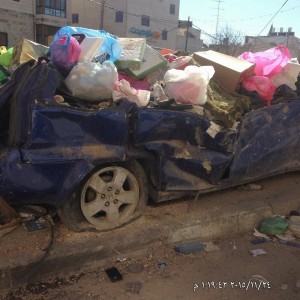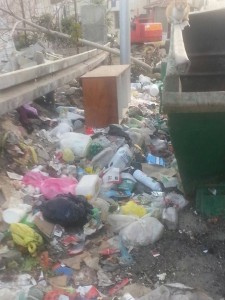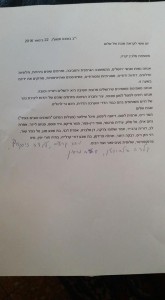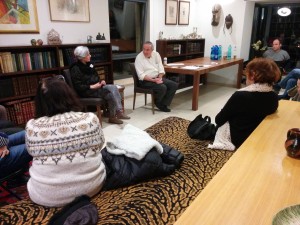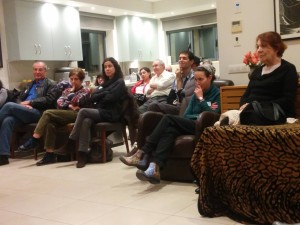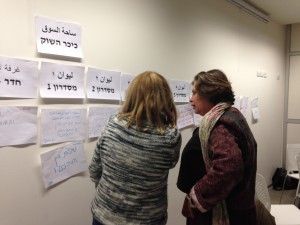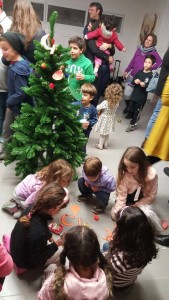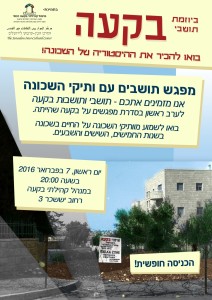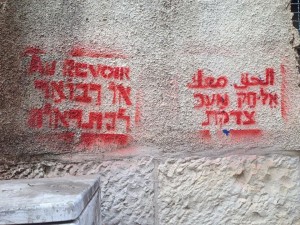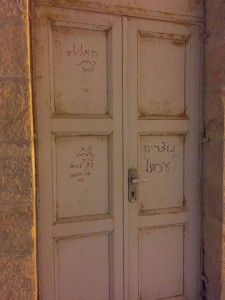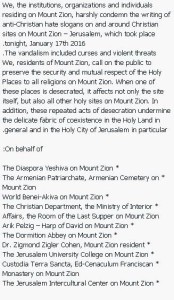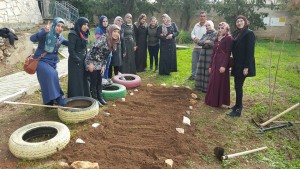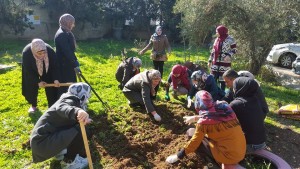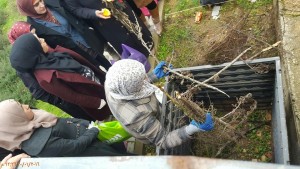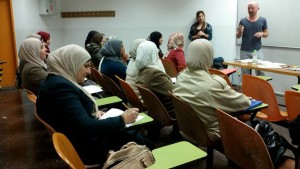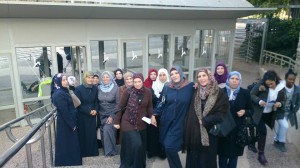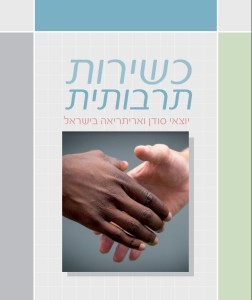Continuing Pope Paul VI’s Tradition Peacefully on Mount Zion
“Veni, Sancte Spiritus/ tui amoris in eis ignem accende,” – Come Holy Spirit, hug your believers in the fire of your love
Last week our Window to Mount Zion volunteers were part of an extraordinary joint prayer service that took place in the Room of the Last Supper (read here in Hebrew about it) on Mount Zion. Held every year during the last week of January, this was an extremely diverse gathering – Ethiopians and Copts, Catholics and Orthodox, Romanian, Armenian, Lutheran and other communities; Priests, nuns, students of theology and many laymen, shoulder to shoulder to pray for the unity of the Christian church. All 150 of them praying for Christian unity. This is no small feat, given the centuries-old history of rivalry and worse between the different divisions of the Christian church.
The event was led by the Benedictine monks from the nearby Dormition Abbey (read here in Hebrew about it). They read from the Bible: Isaiah’s prophecy: “My House will be a house of prayer all peoples,” sang psalms, read from the New Testament as well. Sermons were given in Latin, German, French, English, Hebrew and Arabic, each one with a message of unity in faith, hope for a better world and a determination to stand together against difficulties along the way. Our Window on Mount Zion volunteers, in coordination with both the police and the monks leading the service, served as ushers and made sure the service proceeded smoothly. Both the police and monks were extremely grateful for our assistance.
The event ended with the Lord’s Prayer. As participants left, Jewish passersby, on their way to worship at David Tomb, greeted the Christians, creating an atmosphere of coexistence, mutual respect and cooperation. This is exactly the type of relations we are striving for in the Window on Mount Zion project.
How did this tradition come about? In 1964, Pope Paul VI made his first papal visit to the Middle East since the Middle Ages, during which he visited various Orthodox communities. In January 1964 he conducted an historic meeting with the Orthodox Patriarch of Constantinople, the first such meeting in 900 years! Since then, in an attempt to continue this improvement of relations, Christians around the world hold joint prayer services during the last week of January. In Jerusalem, this week was sealed with a joint prayer in the Room of the Last Supper, formally a neutral place, historically and religiously significant, and a sacred site to almost all the Christian communities in the city.
For a moment, it seemed as if Isaiah’s prophesy was coming true…
You can learn more about “Window to Mount Zion” in Hebrew at the site and at the Facebook Page .

